

.jpg)
Bored piers are deep foundation supports formed by drilling into the ground, inserting steel reinforcement, and filling the shaft with concrete. Unlike shallow footings, they reach stable soil layers, making them ideal for challenging ground conditions.
In Melbourne, where reactive clay, sandy loams, and fill soils are common, bored piers offer a reliable solution for both residential and commercial projects.
Their ability to bear heavy loads and minimise disturbance to nearby structures makes them a smart choice for modern builds. If your site isn’t slab-ready, bored piers might be your best solution.
Bored piers, sometimes referred to as drilled piers, are a type of deep foundation used to support structures where the surface soil is too weak to carry the load.
The process involves drilling a cylindrical hole into the ground using specialised equipment, placing a steel reinforcement cage inside, and filling the hole with concrete to create a strong vertical column.
Unlike driven piles, which are hammered into the ground, bored piers are installed with minimal vibration, making them ideal for construction sites located near existing structures or in residential areas.
This method is especially beneficial in cities like Melbourne, where soil conditions can vary significantly from site to site. Whether dealing with reactive clay, loose fill, or sandy subsoils, bored piers provide the stability needed to ensure long-term structural integrity.
Their flexibility in size and depth allows them to be tailored for everything from home extensions to large-scale commercial developments.
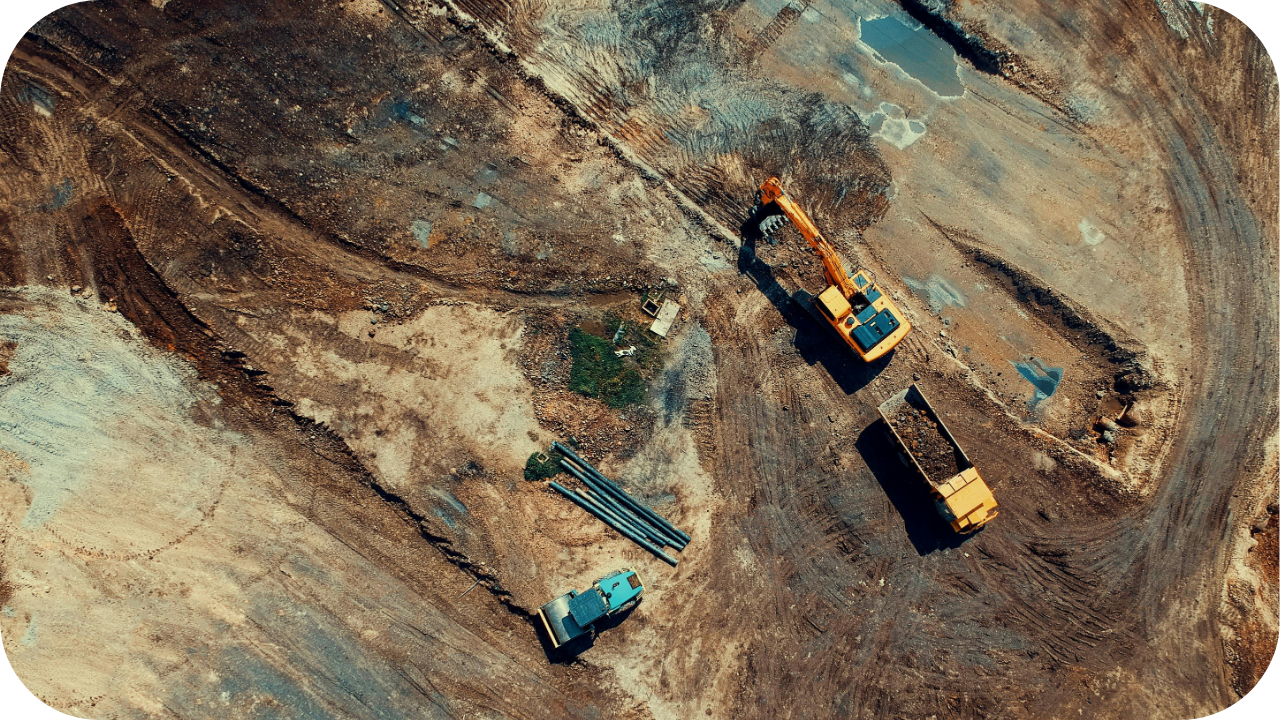
Not all foundations are created equal, and in Melbourne’s unpredictable soil conditions, bored piers often make the difference between a stable build and costly setbacks. But when exactly do you need them?
Bored piers are a go-to solution for homes built on sloped or uneven terrain. On these sites, slab-on-ground construction often isn’t viable due to unstable or varied soil depths. Bored piers provide deep, secure anchorage into load-bearing ground, allowing for stable construction even on steep blocks.
They also minimise the need for excessive cut and fill, preserving the site’s natural contours. This makes them especially useful across hilly suburbs in eastern and northern Melbourne where gradients are common.
When a structure demands serious strength, think multi-level buildings, retaining walls, or concrete podiums, bored piers offer the stability needed to handle significant vertical loads. Their customisable depth and diameter allow engineers to design piers that transfer weight to stronger soil layers below the surface.
This reduces the risk of future settling or cracking. Whether you're constructing townhouses, dual occupancies, or commercial builds, bored piers form the solid backbone for high-load applications.
On sites close to neighbouring properties or infrastructure, vibration and noise can be major concerns. Unlike driven piles, bored piers are drilled into the ground with minimal disruption, making them ideal for tight-access or urban environments.
This method protects nearby structures from cracking, shifting, or foundation fatigue. It’s a smart choice for infill developments, laneway builds, or renovations in built-up Melbourne suburbs where every centimetre, and every neighbour matters.
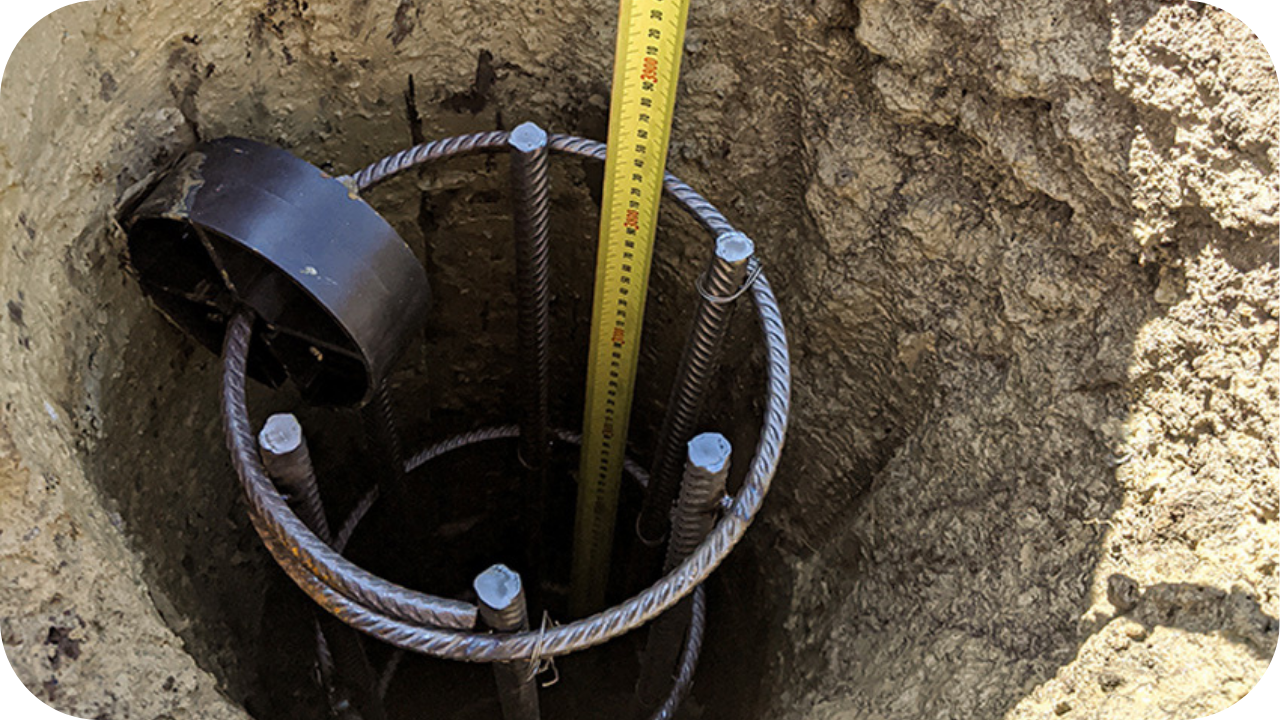
Some areas in Melbourne, especially newer estates or redeveloped sites, contain uncontrolled fill or weak topsoil. These surface layers offer little support for footings and can shift or compact over time.
Bored piers bypass these unreliable zones by reaching deep into stable, undisturbed earth. This approach creates a trustworthy load path and eliminates the risk of future subsidence. It’s essential for long-term structural integrity in areas with uncertain ground conditions.
For homes or buildings experiencing subsidence, cracking, or structural movement, bored piers provide a durable underpinning solution. By installing new piers beneath existing footings, weight can be redirected to more stable layers below.
This helps correct foundation issues without full demolition. It’s a cost-effective and long-term fix for older homes across Melbourne's inner suburbs, where movement over time is common due to tree roots, clay soils, or shifting fill.
Excavating for a basement or underground garage requires strong retaining support to prevent soil collapse and ensure waterproofing. Bored piers are often used in combination with shotcrete to form retaining walls that hold back earth safely during and after excavation.
They’re a key component in split-level builds, underground parking, and high-end residential projects seeking to maximise land use. In Melbourne’s space-constrained urban blocks, bored piers make basement construction structurally viable and compliant.
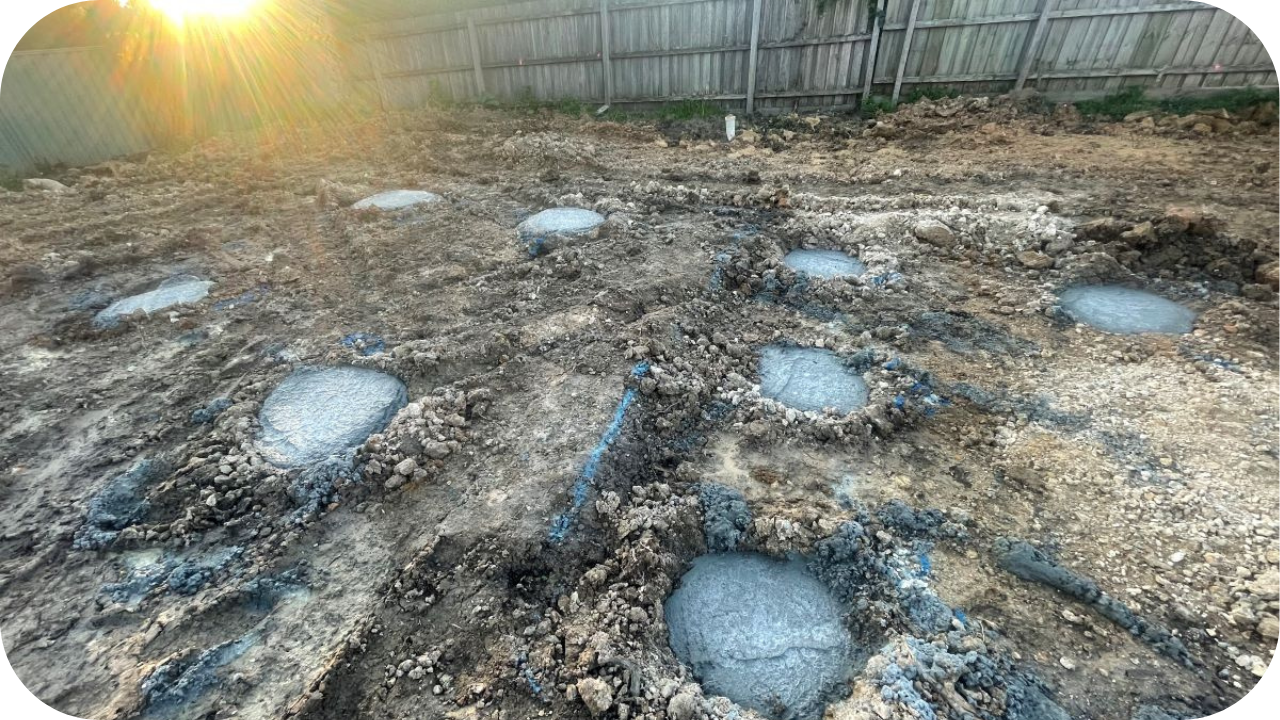
Melbourne’s diverse geography brings with it a wide variety of soil types, each with unique challenges that influence how foundations are designed and built. In many suburbs, reactive clay is a major concern.
This type of soil expands when wet and contracts when dry, creating ground movement that can crack or destabilise slab-on-ground foundations over time. Coastal and inner-city areas often contain sandy or loose fill soils, which lack the strength to support significant loads without deep reinforcement.
These variable conditions mean that traditional shallow footings aren’t always suitable. Builders and engineers must consider soil test results to determine whether the ground can safely support the structure above. That’s where bored piers come in.
By anchoring foundations deep into stable, load-bearing strata, well below unreliable surface layers, bored piers provide consistent support, regardless of shifting or poor soil. In a city like Melbourne, where no two blocks are the same, choosing the right foundation system isn’t optional, it’s essential.
Build deeper, stronger, and smarter, bored piers offer more than just support:
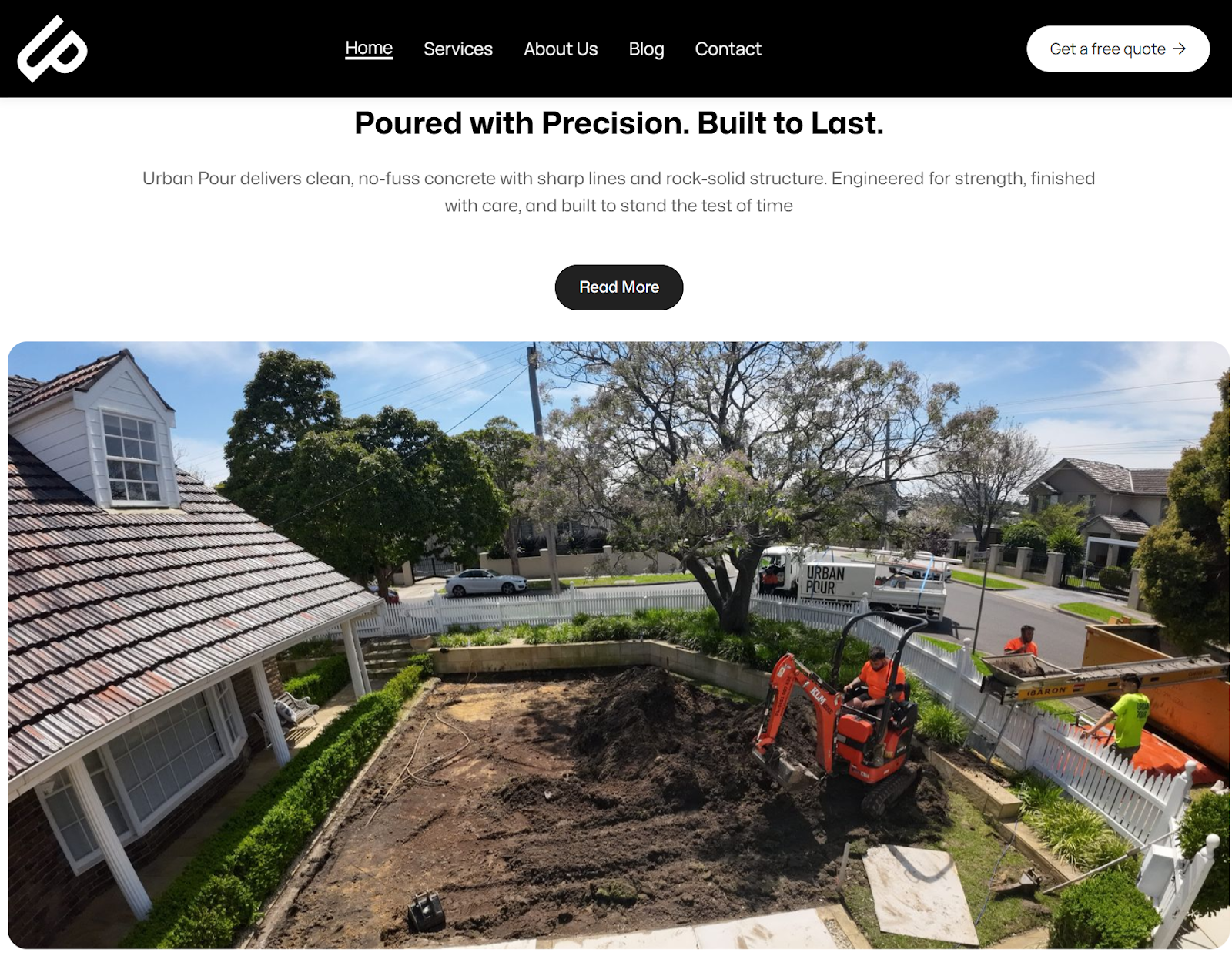
When it comes to bored piers, you don’t just need concrete, you need confidence. Here is why:
Bored piers offer a reliable foundation solution for Melbourne’s complex soil conditions and challenging site layouts. Whether you're building on a slope, near existing structures, or in need of deep structural support, they deliver strength, stability, and long-term peace of mind.
With Urban Pour’s specialised equipment, expert team, and commitment to compliance, your project is in trusted hands from the ground up. Ready to get started? Contact Urban Pour today for a tailored foundation solution that lasts.
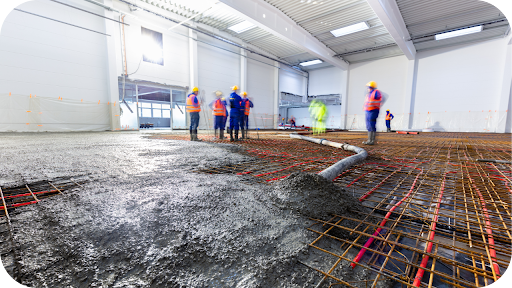
Choosing the right concrete contractor in Melbourne ensures strength, safety, and long-term value. Learn how Urban Pour delivers precision, quality, and trusted results on every project.
See more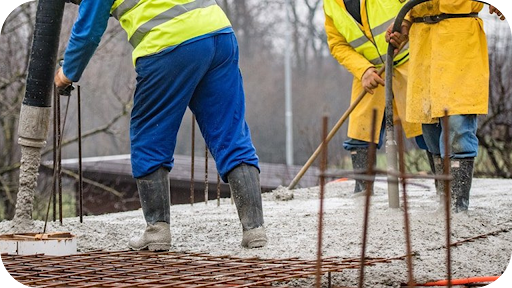
Concrete pumping gives Melbourne builders faster, cleaner, and safer pours. Learn why it’s the go-to method for efficient, high-quality concrete placement on any site.
See more
Residential concreting gives Melbourne homes lasting strength and modern appeal. From driveways to interiors, Urban Pour delivers durable, design-focused results built for beauty and longevity.
See more